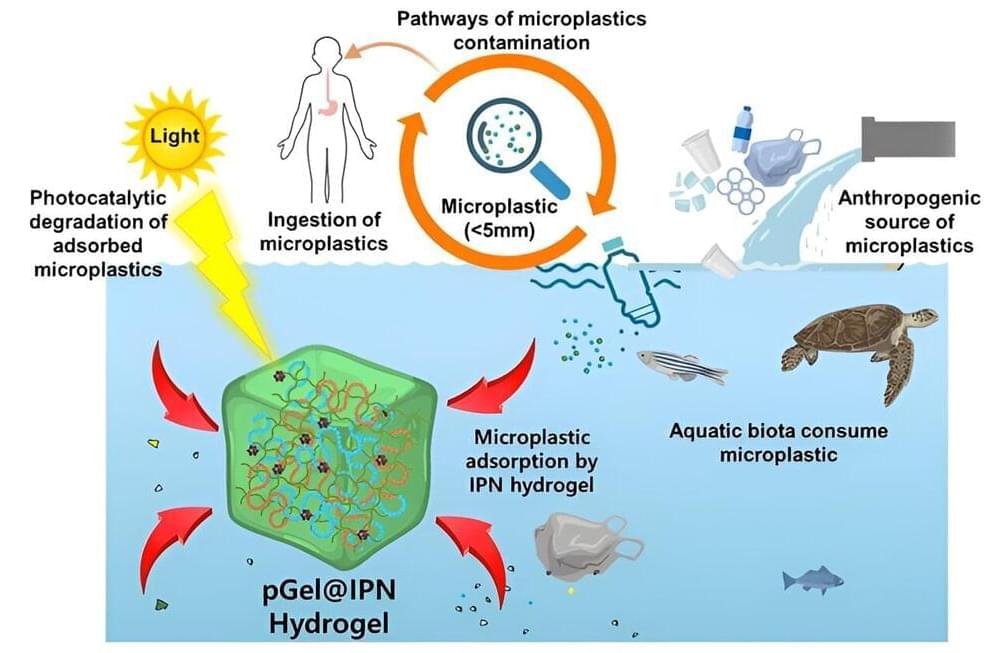Zocdoc: Go to https://www.zocdoc.com/ICED and download the Zocdoc App for FREE NetSuite: Take advantage of NetSuite’s FREE KPI checklist: https://www.netsuite.com/ICED Insider Clothing: Head to https://insider.clothing/IcedCoffeeHour and use code ICED15 for 15% off your order Hims: Start your free online visit today at https://hims.com/ich Follow Dr. Alok Kanojia and subscribe to him here: https://www.youtube.com/@HealthyGamerGG Want to understand your mental health? Check out Dr. K’s Guides to Mental Health https://bit.ly/4caPuiC Dr. K’s Book, How to Raise a Healthy Gamer https://bit.ly/3Pk8D8e NEW: Join us at http://www.icedcoffeehour.club for premium content — Enjoy! Add us on Instagram: https://www.instagram.com/jlsselby https://www.instagram.com/gpstephan Official Clips Channel: https://www.youtube.com/channel/UCeBQ24VfikOriqSdKtomh0w For sponsorships or business inquiries reach out to: [email protected] For Podcast Inquiries, please DM @icedcoffeehour on Instagram! Time Stamps: 0:00 — Intro 0:52 — This Is The RIGHT Way To Sit 6:59 — How To Know You’re ACTUALLY Happy 19:34 — How 99% of Things Are Out Of Your Control 24:13 — Who Is Dr. K? (Background) 26:18 — There Is No Such Thing As Good OR Bad 31:18 — Should You Go To Therapy? 33:26 — Dr. K’s Thoughts On Tony Robbins & Neuro-Linguistic Programming 39:03 — How To ACTUALLY Become Happy 1:02:33 — How Much Sacrifice Is Required To Be Successful? 1:14:09 — How To Get Into Your Flow State At Work 1:22:25 — Why Dr. K Thinks ‘Monk Mode’ is “Silly” 1:31:07 — Dr. K Explains Burn Out 1:39:07 — How Our Brains Can Experience “Hypothetical Pain” As REAL PAIN 1:42:47 — How To See NEGATIVES As POSITIVES 2:00:46 — Dr. K Explains The Whole Scale FAILURE of Our Traditional Institutions 2:16:26 — How Our Minds Are Being Controlled 2:46:28 — Is Social Media A GOOD or BAD Thing Overall? 2:49:24 — Dr. K’s Thoughts On Drama Bait YouTube Channels & Instagram ‘Gore” Reels 2:57:27 — Dr. K On PORN & INCELS 3:13:19 — Should You Make Decisions For Your Significant Other? 3:17:41 — Why People Lie & The POWER Of Truth *Emotional* 3:28:30 — How Terminal Patients Learn How To Deal W/ Death 3:35:34 — How Dr. K Personally Deals With Trauma & Negativity 3:59:07 — Dr. K Brings Jack & Graham Through A Meditation Exercise 4:15:31 — Closing Thoughts *Some of the links and other products that appear on this video are from companies which Graham Stephan will earn an affiliate commission or referral bonus.







